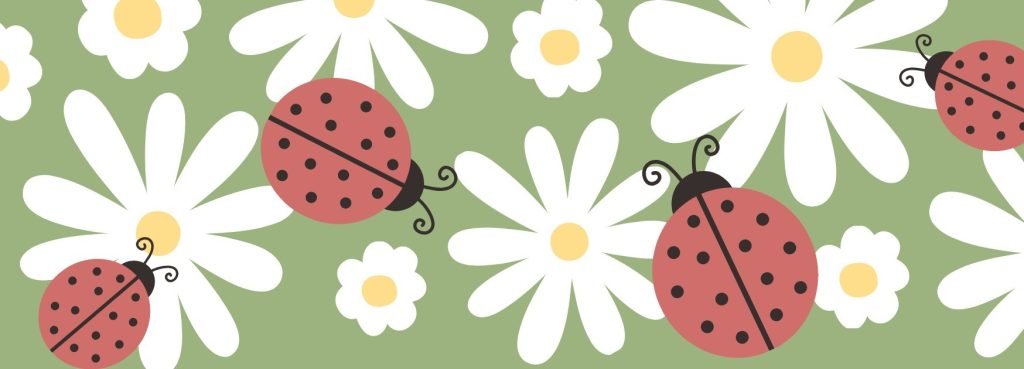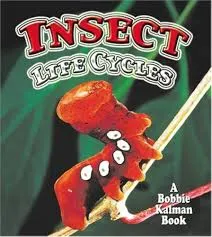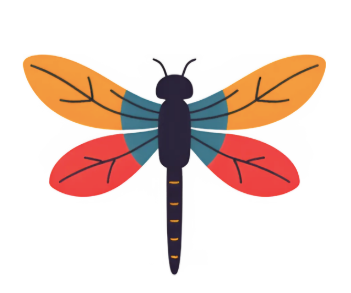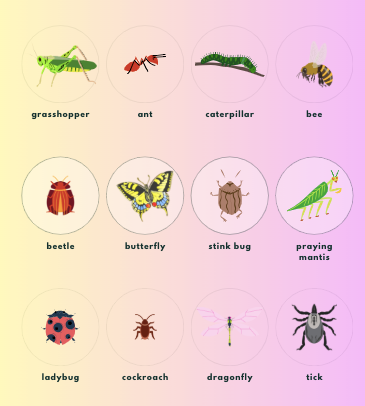Spring and summer are perfect times to get outside and explore the natural world, and what better way to do that than with a bug hunt! This hands-on activity is a fantastic way to engage kids in science, right in their own backyard. Here’s how to make the most of your backyard bug hunt.
(We may earn a commission if you click and purchase through links in this post. As an Amazon Associate we earn from qualifying purchases.)
Why Study Bugs?
Insects are a crucial part of our ecosystem. By observing them, children can learn about:
- Biodiversity: The variety of life in their local environment.
- Life Cycles: Many insects undergo fascinating transformations.
- Ecology: The relationships between insects and their environment.
- Scientific Observation: Developing careful observation and recording skills.
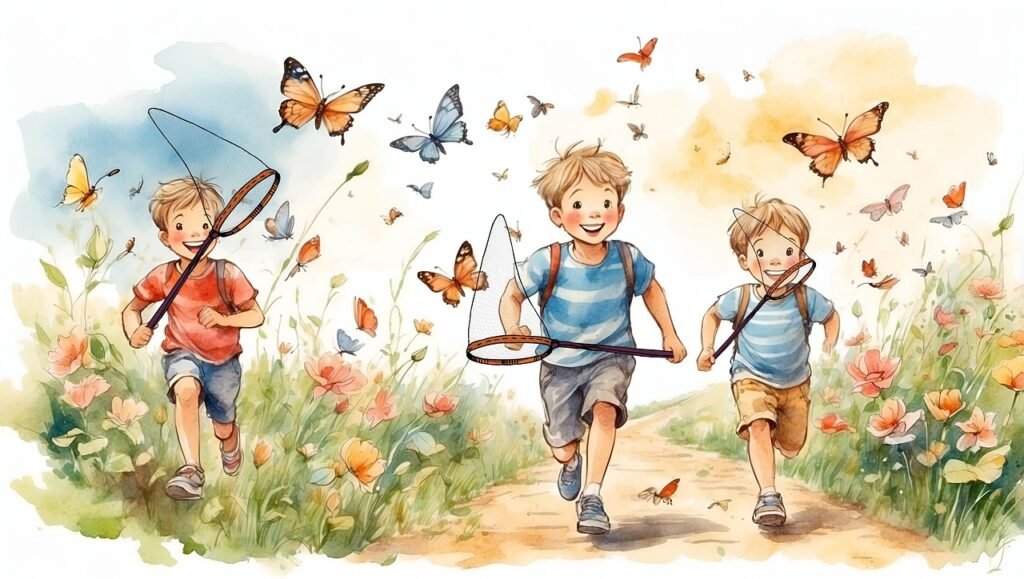
What You’ll Need:
For a successful backyard bug hunt, you’ll want a few essential tools like those included in the Bug Catcher Kit:
- a magnifying glass for up-close observation (the bug kit includes one with an easy-grip handle)
- insect containers with air holes for safe, temporary housing (both a handheld cage and a larger container are included)
- an insect identification guide to help name your finds (the kit provides laminated ID cards for common insects and plants)
Also included are tweezers, a ruler, a compass, and a retractable net, which can come in handy. With the compass, for example, kids can map out where they found different insects (“an ant hill near the north fence”); or turn the bug hunt into a game by giving kids simple directional clues, (“Walk 10 steps east and look under the bush.”)
For added exploration, bring along a notebook and pencil to record what you see and sketch your discoveries. Use the kit’s included ruler to record lengths of insects, and compare sizes between species, making the bug hunt feel more like a real science investigation. Consider using a camera to capture photos of interesting bugs and habitats.
Tips For A Successful Bug Hunt:
- Explore different habitats: Look under rocks, logs, and leaves. Check flowering plants and grassy areas.
- Be gentle: Handle insects with care and always release them back into their habitat.
- Observe, don’t just collect: Encourage children to watch the insects’ behavior.
- Record your findings: Draw pictures, write descriptions, and note where you found each insect.
- Use identification guides: Learn the names of the insects you find and research their characteristics.
Extend the Learning:
- Create an insect journal: Keep a record of your bug hunts throughout the spring and summer.
- Build an insect hotel: Provide a habitat for beneficial insects in your yard.
- Read books about insects: Explore the fascinating world of entomology through literature.
- Draw and paint insects: Combine art with science by creating insect-themed artwork.
A backyard bug hunt is a fun and educational activity that can spark a lifelong interest in science. So, grab your magnifying glass and get ready for a science adventure!

